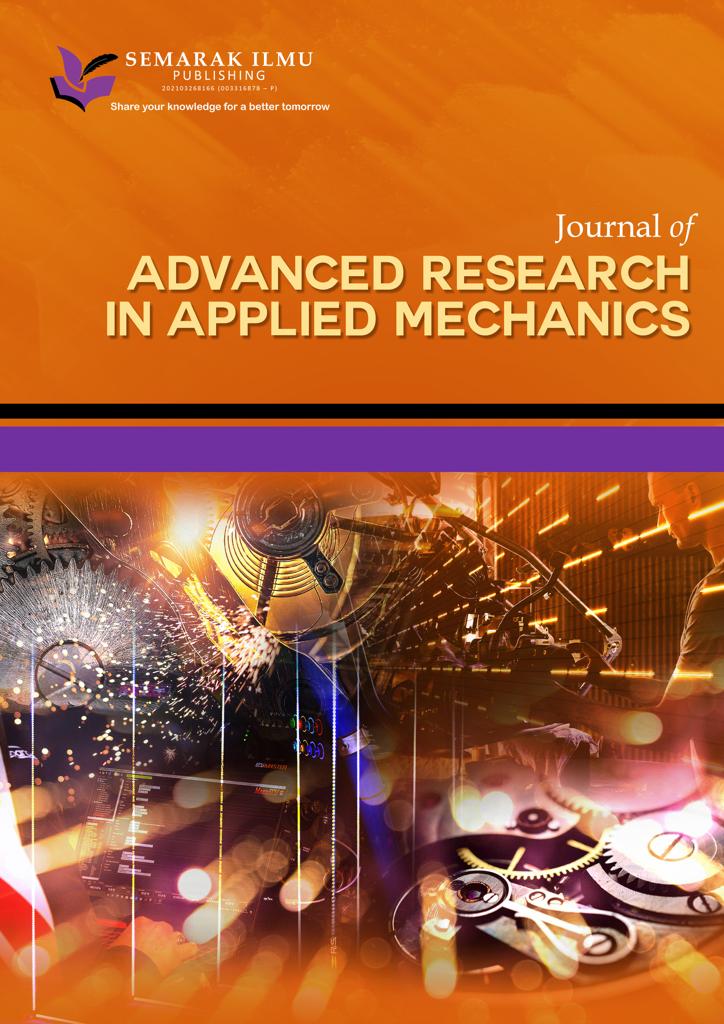Analysis of Magneto Hydrodynamic Casson Nanofluid on an Inclined Porous Stretching Surface with Heat Source/Sink and Viscous Dissipation Effects: A Buongiorno Fluid Model Approach
DOI:
https://doi.org/10.37934/arfmts.109.2.151167Keywords:
Casson nanofluid, Magneto Hydrodynamic, Buongiorno fluid model, stretching surfaceAbstract
This study aims to investingate the characteristics of a magneto hydrodynamic Casson nanofluid flowing over a nonlinear inclined porous stretching surface when subjected to heat source/sink effects and viscous dissipation using a Buongiorno fluid model. Through the use of similarity transformations, nonlinear ODEs are derived from the governing nonlinear coupled PDEs and then solved using bvp4c solver in Mat lab. The outcomes of different physical parameters are shown graphically and tabulated to illustrate the changes in the velocity, temperature and concentration profiles. Additionally, numerical results for the Nusselt and Sherwood numbers are provided in tabular form. The correctness and validity of this study's findings are confirmed by a comparison to those found in the published literature. A higher rate of viscous dissipation and heat generation or absorption is associated with a lower heat transfer coefficient and a higher mass transfer coefficient, as shown by this investigation. This information could have implications for design and optimizing systems involving casson nanofluids and porous media, such as heat transfer systems, energy-efficient processes and catalytic reactions.
Downloads



























